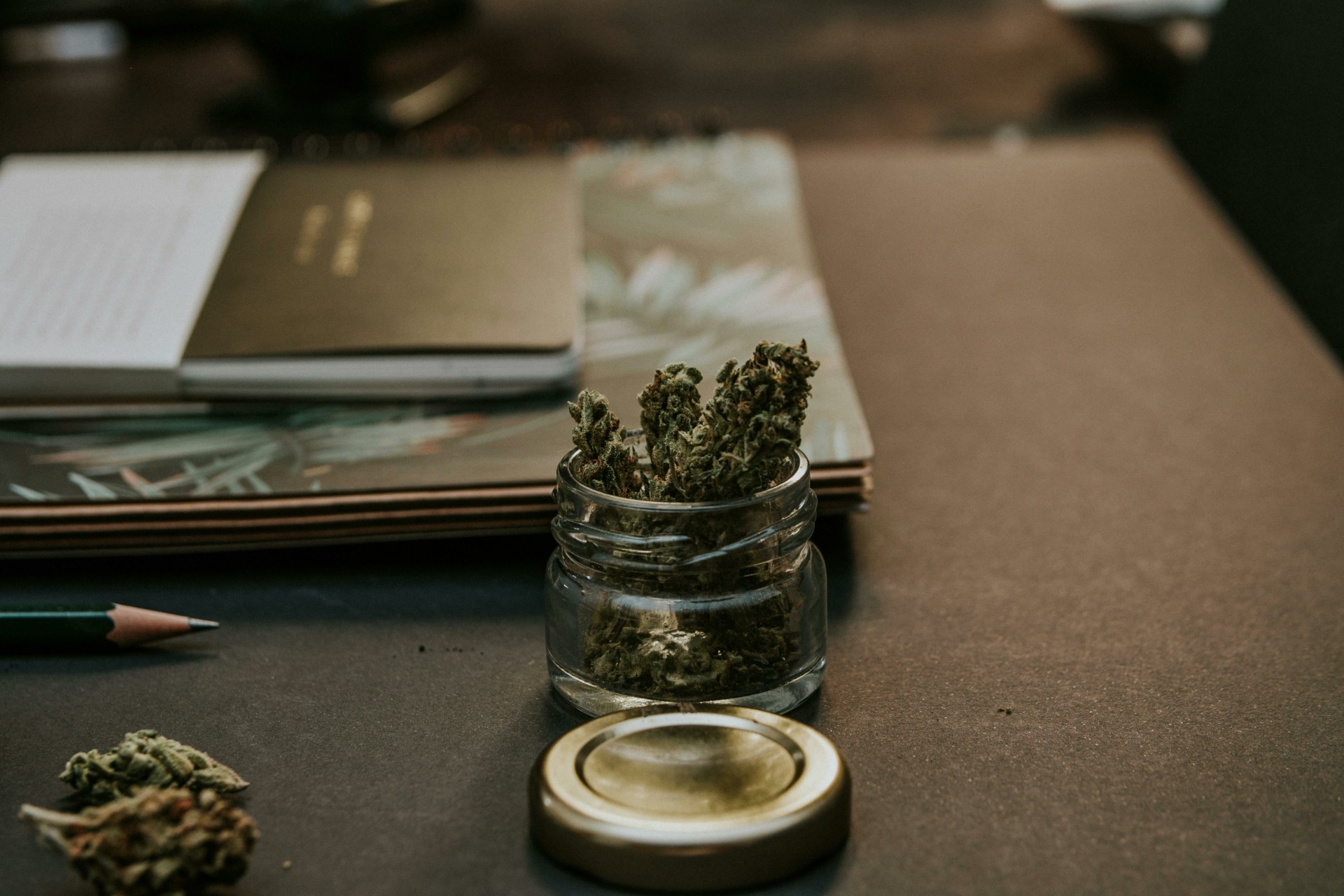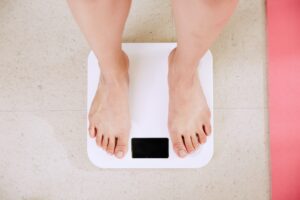When you’re seeking the health benefits of THC, less just might be more. MIcrodosing – taking very small, “sub-therapeutic” amounts of psychedelic substances like marijuana – is gaining popularity among patients as a way to reap the very potent health benefits of marijuana’s famous psychoactive compound without the inconvenient effects of its usual high.
FOLLOW US ON FACEBOOK & INSTAGRAM
What is Microdosing?
Microdosing originated in the world of pharmaceutical testing to describe a way to study the effects of new drugs by first administering them in sub-therapeutic, or sub-threshold, amounts so low that they wouldn’t produce the whole body effect of a full dose, but high enough that a cellular response could be observed. But in recent years, microdosing has gone mainstream in a very specific way – referring not to pharmaceutical trials but to the
practice of using sub-threshold amounts of psychedelics for better focus, a brighter mood, and more energy.
Psychologist and psychedelic experimenter
James Fadiman first introduced microdosing in the psychedelic sense to the popular imagination in 2011, when he released the results of data collected from a group of users who reported their experiences with taking very small amounts of LSD every fourth day for a month. Most respondents submitted positive stories about things like taking on new challenges at work, being more present in relationships, and getting more done in a day.
Since then, the number of microdosers has steadily been growing, whether it be with cannabis or other forms of psychedelics.
Micro dosers range from tech types in the fiercely competitive world of Silicon Valley startups to people of all kinds looking for ways to feel less depressed, more alert, and more productive. And while Fadiman’s research focused heavily on people who microdose LSD, the same process can be used for other kinds of psychedelic substances, such as psilocybin, the psychoactive compound in some types of mushrooms – and cannabis.
How Does Microdosing Work?
Microdosing dosages varies from person to person so it does require some trial and error. Most information on how much of a substance to take, how often, and in what form comes from anecdotal reports like Fadiman’s study and online communities and websites where people share insights from their own experimentation. The limited research data on this kind of microdosing is largely due to tight federal restrictions on the use of any of these kinds of substances for studies on their medical applications.
RELATED:MICRODOSING: THE BIG NEW
TREND
Along with heroin, LSD, psilocybin and cannabis are classified as Schedule I controlled substances by the US Drug Enforcement Administration, which calls them highly addictive and lacking in medical benefits. That means that not only are there no federal funds to support rigorous studies, but also that pharmaceutical grade versions of these substances are difficult to come by. That means specific information on microdosing typically comes from personal practice – and that advice may not be safe or reliable.
Still, microdosing is widely practiced for reasons ranging from being more competitive at work to managing pain from a variety of chronic conditions. And while much of the recent publicity about microdosing has focused on the increasing popularity of using LSD this way, microdosing with cannabis may also turn out to be the best way to get some of its
key benefits, especially when THC is involved.
Why Microdose Cannabis?
Many drugs have very different effects – or even opposite – effects when taken in different amounts – a phenomenon known as the biphasic effect. For psychedelic substances, a “normal” or recreational dose could impair functioning for long periods of time or cause paranoia, excessive anxiety and distortions of reality. Cannabis falls into that category too, thanks to the presence of THC, the psychoactive ingredient that’s abundant in the leaves and buds of the cannabis plant.
https://www.instagram.com/p/BYhzeHPgHsM/
It’s THC that keeps cannabis on the DEA’s Schedule I, and causes the struggle between the justice system and advocates for legalization. But THC is responsible for some of the most potent
health benefits cannabis can offer. THC binds to the body’s own endocannabinoid receptors, and it can offer potent pain relief, ease the nausea and vomiting of chemotherapy patients, reduce anxiety and lower ocular pressure in glaucoma patients.
Microdosing and the Biphasic Effect
At higher doses, the psychoactive effects of THC can interfere with its effectiveness, both because it produces that euphoric high favored by recreational users, and also because of the biphasic effect. A microdose dosage with cannabis is typically between 2mg to 5mg, however some people may consider a microdose as much as 10mg of cannabis.
That effect explains why small doses of cannabis can be relaxing and even focusing, but in higher doses it can cause distressing emotions, anxiety and paranoia. In medical usage, some studies reveal that small amounts of THC can reduce pain, but patients taking larger amounts can actually experience more pain.
To reduce these effects, many cannabis preparations balance THC with the addition of CBD, another common compound that has no psychoactive properties at all. But
microdosing may solve the biphasic dilemma, and make it possible for users to get the full benefits of THC itself without the negative effects of recreational-strength doses.
Cannabis can be microdosed in just about any form, but experienced users point out that tinctures, drops and vaping usually work best, because it’s easier to control the precise amount being used. And it’s important to start very small, working gradually just to the point where beneficial effects can be felt, but no farther.
Microdosing can be effective for all kinds of cannabis uses – pain control, anxiety management, or just plain feeling calmer and more focused. This way of using cannabis and other psychedelic substances is still in its infancy, but both recent research and results reported by users seem to confirm that for good health, a little cannabis may go a very long way.
If you are new to cannabis and want to learn more, take a look at our Cannabis 101 post. HelloMD can help you get your medical marijuana recommendation; it’s 100% online, private and efficient.






